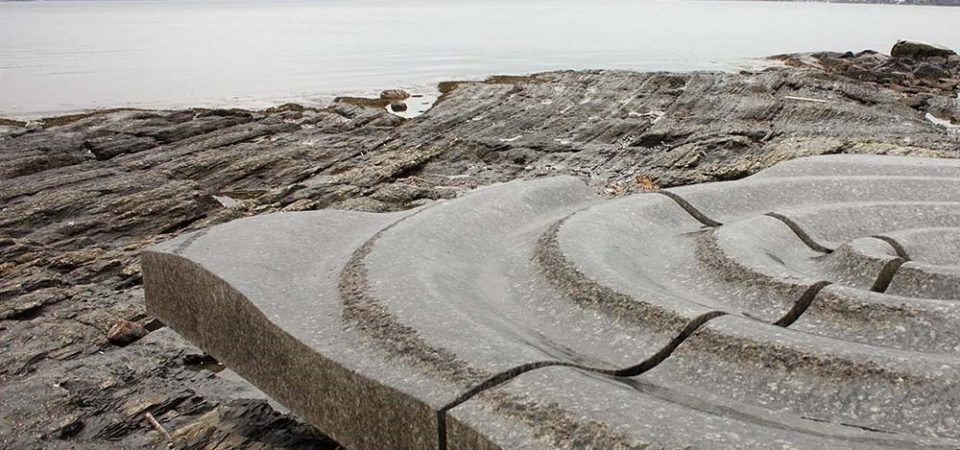After a disaster, we often hear about the need to bounce back, to return to normal, and to restore the pre-disaster state. How sensible is this?
Disasters, often epitomised by infrastructure collapses, occur due to long-standing social conditions. We can construct buildings to withstand earthquakes and floods, but we do not always do so. The disaster is not that the ground shakes or that the river rises, but that we choose to construct and retain buildings which can collapse.
If we rebuild an earthquake- or flood-damaged city to this pre-disaster ‘normality’, then we guarantee that buildings will collapse in the next earthquake or flood. Instead, we should avoid this normal situation of disasters-waiting-to-happen and rebuild a city which is much less disaster-prone.
These changes are positive and should be encouraged to generate a different city, not avoided in order to bounce back to normal.
…we can do better
than the ‘normal’
which permitted
the disaster to
happen.
Furthermore, it is often not possible to forget a disaster. This does not mean that disaster recovery and restoration of routines and daily tasks is impossible. Life and livelihoods can and should continue, but partly through dealing with loss and trauma.
A disaster can induce unwanted changes. Reversing those changes might be neither feasible nor desirable. Rather than idealising and seeking pre-disaster society, we can do better than the ‘normal’ which permitted the disaster to happen.
Ilan Kelman is a reader in Risk, Resilience and Global Health at University College London. You can follow him on Twitter @IlanKelman.
MAHB-UTS Blogs are a joint venture between the University of Technology Sydney and the Millennium Alliance for Humanity and the Biosphere. Questions should be directed to joan@mahbonline.org
MAHB Blog: https://mahb.stanford.edu/blog/normal-return-normal/
The views and opinions expressed through the MAHB Website are those of the contributing authors and do not necessarily reflect an official position of the MAHB. The MAHB aims to share a range of perspectives and welcomes the discussions that they prompt.
